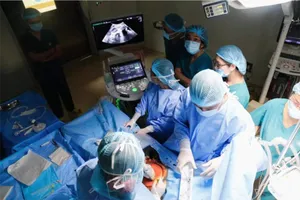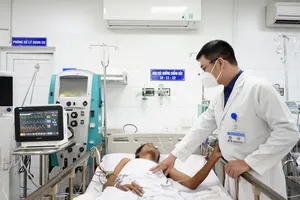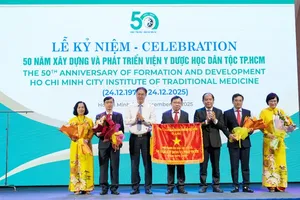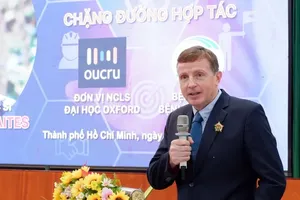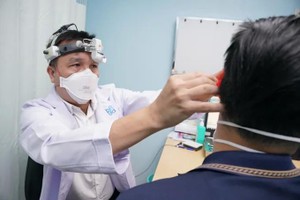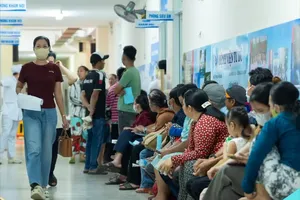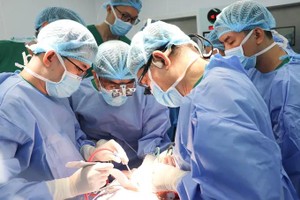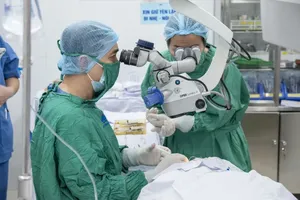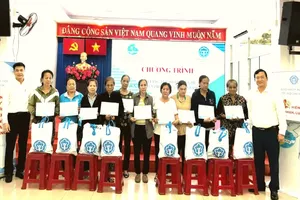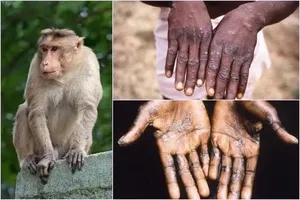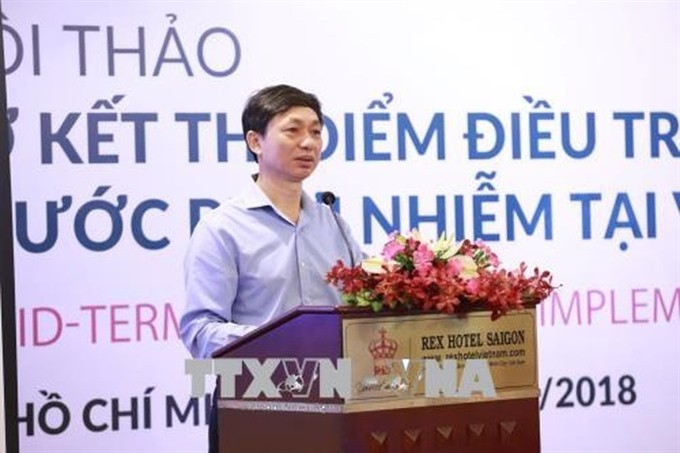
PrEP is a combination of two antiretroviral drugs, which, if taken daily as prescribed, can reduce the risk of HIV infection by 92-99 per cent for people who are at high risk, including men who have sex with men, transgender women, and HIV-negative partners of those diagnosed with HIV.
Since 2015, the World Health Organisation (WHO) has recommended the use of PrEP as part of a combination HIV prevention strategy that includes the use of condoms for people at substantial risk of HIV.
Since March 2017, pilot interventions supported by the US President’s Emergency Plan for AIDS Relief through USAID/PATH’s Healthy Markets project and the US Agency for International Development (AID) through the Centre for Applied Research for Men And Community Health have made PrEP available to men who have sex with men, transgender women, and HIV-negative partners of those diagnosed with HIV in HCM City and Hanoi, according to Vũ Ngọc Bảo of USAID/PATH’s Healthy Markets project.
These PrEP services are being provided by public outpatient clinics, private clinics and associated key population-led civil society organisations, Bảo said at a workshop reviewing the PrEP programme held yesterday in HCM City.
Nguyen Hoang Long, director of VAAC, said that results had enabled VAAC to collaborate with all partners to expand PrEP services, starting with 11 cities with a target of 5,610 PrEP clients by the end of 2019 and 7,300 by the end of 2020.
“PrEP is a game-changer for Việt Nam in its efforts to achieve the 90-90-90 goals,” said Mei Mei Peng, deputy director of USAID’s Health Department.
The numbers mean 90 per cent of all people living with HIV will know their HIV status, 90 per cent of all people with diagnosed HIV infection will receive sustained antiretroviral therapy, and 90 per cent of all people receiving antiretroviral therapy will have viral suppression.
USAID supports Việt Nam, the second country to adopt PrEP in Southeast Asia, to expand options for people at risk of HIV to protect themselves and work toward HIV elimination, she said.
Methadone therapy
Huynh Thanh Khiet, deputy director of the city’s Department of Labour, Invalids and Social Affair, said HIV prevalence among high-risk groups, including drug users, men who have sex with men, prostitutes, remained high.
Last year, the city reported more than 5,800 new HIV infections, Khiết said at a meeting held on Monday (May 28) in HCM City.
The rising number of young addicts taking methamphetamine and other types of drugs poses challenges for rehab programmes and management of former addicts, Khiết said.
More than 9,500 drug addicts are taking part in detoxification and rehabilitation programmes at rehabilitation facilities in the city and more than 1,300 addicts are undergoing rehab at home.
The city is home to 19 State-owned and three private rehab facilities offering compulsory and voluntary rehabilitation programmes for drug addicts.
Nguyen Thi Kim Tien, Minister of Health, said the city had made constant efforts to manage drug addicts who do not have residential permits.
However, the cost of detoxification and rehabilitation for injections is high, while relapse is common, Tiến said.
The city should learn from rehabilitation models in other countries and use the services of the private sector to operate voluntary rehabilitation models.
Methadone maintenance therapy remains a key approach to help addicts quit their use of drugs and it should be expanded to wards and communes, she said.
She said that rehab facilities should take into account the 90-90-90 treatment target by UNAIDS.
Nguyen Thi Thu, deputy chairwoman of the city’s People’s Committee, said the high rate of relapse was the most serious challenge faced by rehab programmes.
City authorities will review the process of voluntary rehab at home and rehab facilities to enhance the effectiveness of the programs, Thu said.
